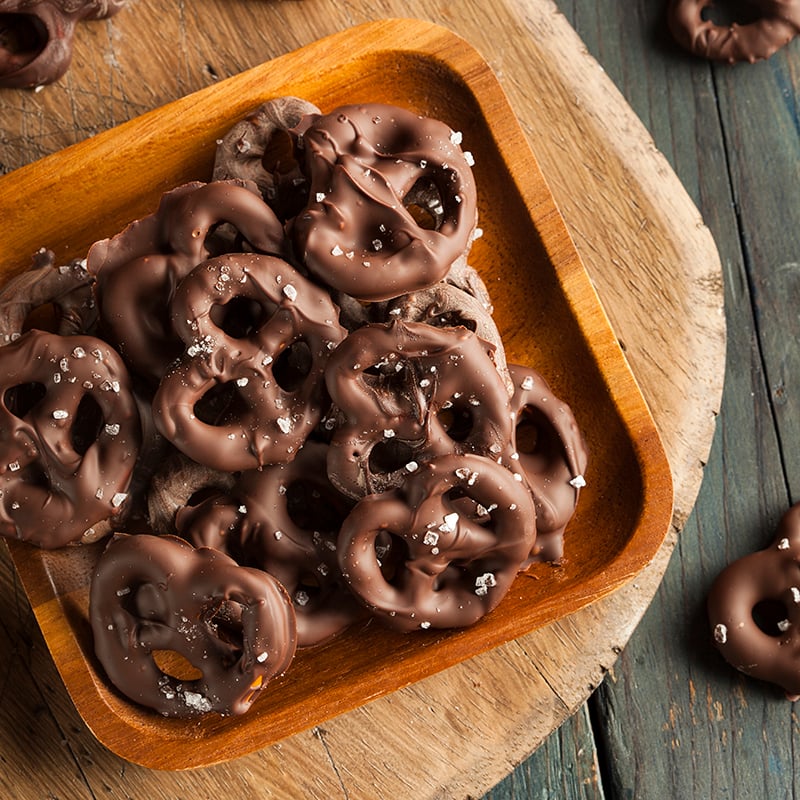Keep your heart hearty
Want to cut your risk of coronary disease? Here's a host of smart favors you can do for your ticker.

Want to cut your risk of coronary disease? Here’s a host of smart favors you can do for your ticker.
Exercise, weight control, watching your cholesterol, not smoking—these are the undisputed basics for taking care of your heart. But, as Nihir Shah, M.D., cardiologist with Brunswick Cardiology Associates, PA, tells Middlesex Health & Life, there are other things you can do to practice preventive heart health, some of them easier than hitting the gym. (Don’t stop that, though.)
Little-known heart helpers
- Taking red yeast rice supplements. Did you know that statins,the cholesterol-lowering drugs, were first derived from this ancient Chinese remedy? “Like the statin medications, this product can reduce ‘bad’ LDL [low-density lipoprotein] cholesterol,” says Dr. Shah, who is a member of the Saint Peter’s University Hospital’s medical staff. Though the American Heart Association doesn’t yet officially endorse these supplements because of insufficient published data, red yeast rice may be helpful for some people with only slightly elevated cholesterol. But it can also cause side effects such as muscle aches or liver abnormalities, the doctor adds, so check with your physician before heading to the health-food store.
- Taking niacin. This B vitamin is “probably one of the best agents out there,” says Dr. Shah. It has been used to increase high-density lipoprotein (HDL)—the “good” cholesterol. It also reduces the low-density lipoprotein (LDL)—the “bad” cholesterol—and triglycerides. HDL can help remove the LDL from your bloodstream. Your doctor may prescribe niacin to improve your good cholesterol. For these benefits, though, you must go beyond the small amount of niacin included in multivitamin capsules. Marketed in extended-release tablets as the prescription drug Niaspan, niacin has potential side effects of flushing (i.e., your face becomes red and flushed) and liver damage. “If you’re taking Niaspan, you should have blood tests for liver function periodically and following any change in dosage,” says Dr. Shah. “Typically we advise patients to take Niaspan after a regular dose of aspirin—and on a full stomach—to minimize flushing.” However, do not take niacin even in the over-the-counter form without talking with your doctor.
’
Oldies but goodies’: an update:
You may already know about these heart helpers, but recent research lends them new scientific support:
4 fun heart protectors: Dark Chocolate, Pistachios, Cherries, Sleep
Sinful? Your heart says no, and research shows that they actually have cardiac benefits. So enjoy!
- IncreasIng your omega Intake. Omega-3 fatty acids (found primarily in fish) and omega-6 acids (in nuts and vegetable oils such as olive, canola and soybean) are proven heart protectors. Last year the American College of Cardiology began recommending that people who have had a cardiac event take 500 to 1,000 milligrams daily of DHA and EPA, the two most potent forms of omega-3 fatty acid, to reduce the risk of sudden cardiac death. That’s about as much as you get from having fish for dinner two or more times a week.
“Omega-3 fatty acids have been shown to decrease triglycerides, lower blood pressure and reduce clotting,” says Dr. Shah. “And some data suggest they can enhance the immune function.” This could be in the form of two servings of a fatty fish such as salmon, lake trout, mackerel, herring and sardines, or nuts such as walnuts, almonds and hazelnuts, to name a few. There are also over-the-counter supplements such as fish oil capsules and flaxseed oil, and there’s the prescription medicine Lovaza.
- Sipping cabernet. Red wine contains resveratrol,and last year an Australian study found that low doses of this nutrient from moderate wine consumption may improve cardiac health by increasing cellular protection and reducing damage from very reactive oxidants in the body. It may also improve blood supply to cells. But Dr. Shah says that because of certain risks this news is not a reason to begin drinking wine if you’re not a drinker. And if you are, moderation is the key.
Your heart risk
Using these two online assessment tools can help you find out how likely you are to have a heart attack within the next decade:
- The Framingham Risk Assessment: www.americanheart.org/presenter.jhtml?identifier=3003499
- The Reynolds Risk Score: www.reynoldsriskscore.org
3 other things you can do:
Here, our doctor assesses three more steps you can take toward heart health:
- Practice relaxation techniques. Yoga and meditation can slow your heart rate and lower your blood pressure, says Dr. Shah, and yoga—like other forms of exercise—can make blood platelets less sticky over time so they’re less apt to cause blockages.
- Consider getting a calcium score. There is a lot of talk and advertising about a test called “CT scan heart” to calculate one’s Coronary Artery Calcium score. The test is not covered by most insurance plans, but some people consider its $300 to $700 cost well worth it. “I say ‘yes and no,’” says Dr. Shah, who is conservative about exposing patients, especially women, to radiation. True, high levels of calcium buildup in the arteries can signal risk, but for most of us there’s nothing to do about it but embrace healthy habits, which we should do anyway. Using these scans for routine screening of asymptomatic patients is not currently recommended for people who fall into low- or high-risk categories, but it may be reasonable for patients with intermediate risk, says the doctor.
- Learn your numbers. You should know—and track—your cholesterol and blood-pressure readings and your waist circumference (more than 40 inches for men or 35 inches for women hints at trouble), says Dr. Shah.
2 unlikely warning signs
Doctors don’t suggest rushing into a frenzy if you have one of the traits shown at right. But people with these signs may have a slightly higher risk of developing heart disease. So, while we should all be vigilant about heart health, extra vigilance may be in order if you have:
- Earlobes with diagonal creases. is it because of a lack of adequate nutrients in the womb? science can only speculate for now, but research in britain, Japan and the U.S. has linked this characteristic to cardiac ills.
- A short ring Finger (in males). a University of Liverpool study says this can be a sign of low testosterone, and the hormone can be heart-protective.


